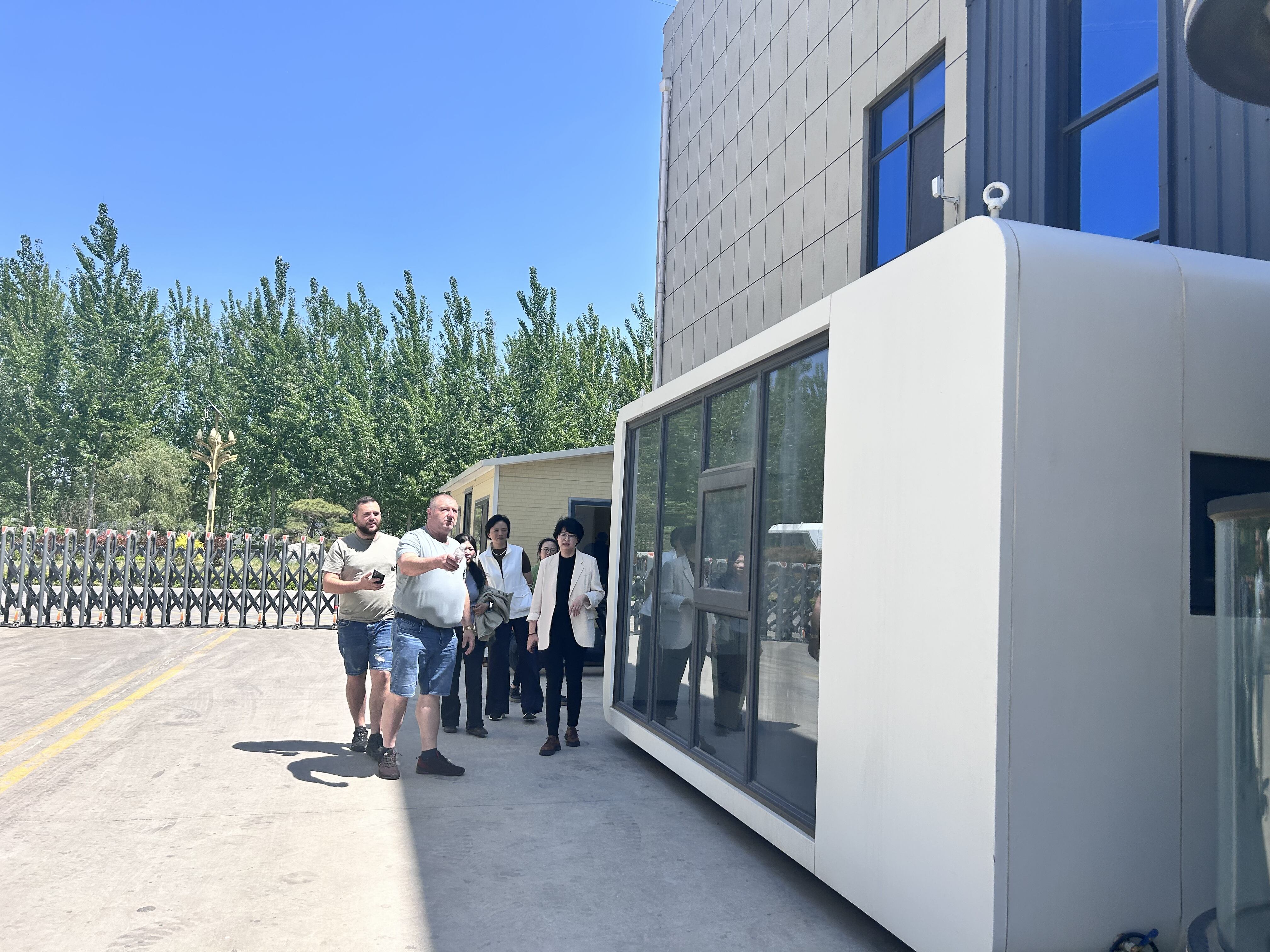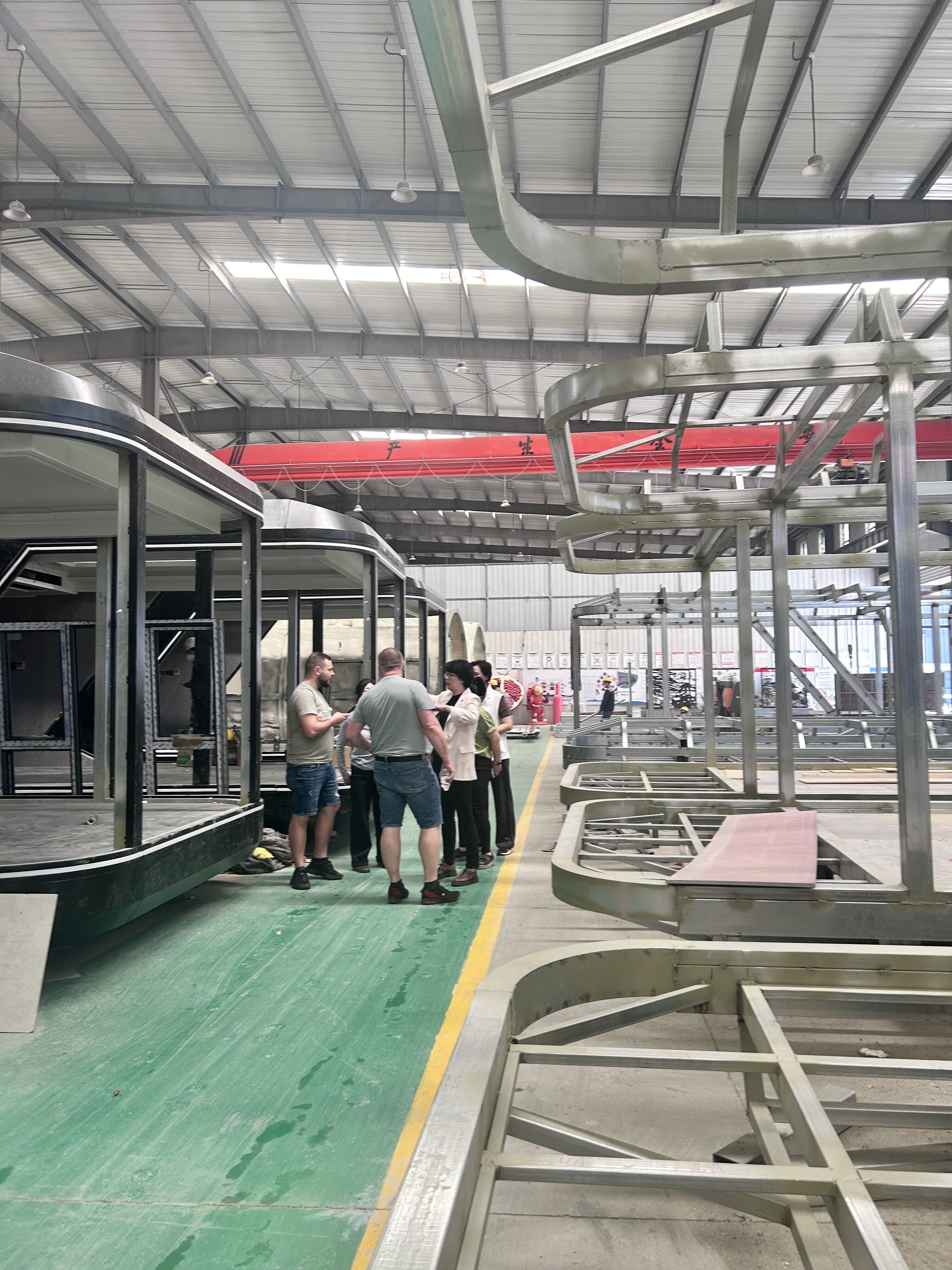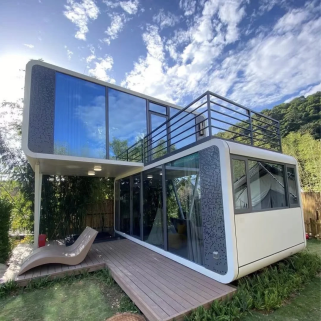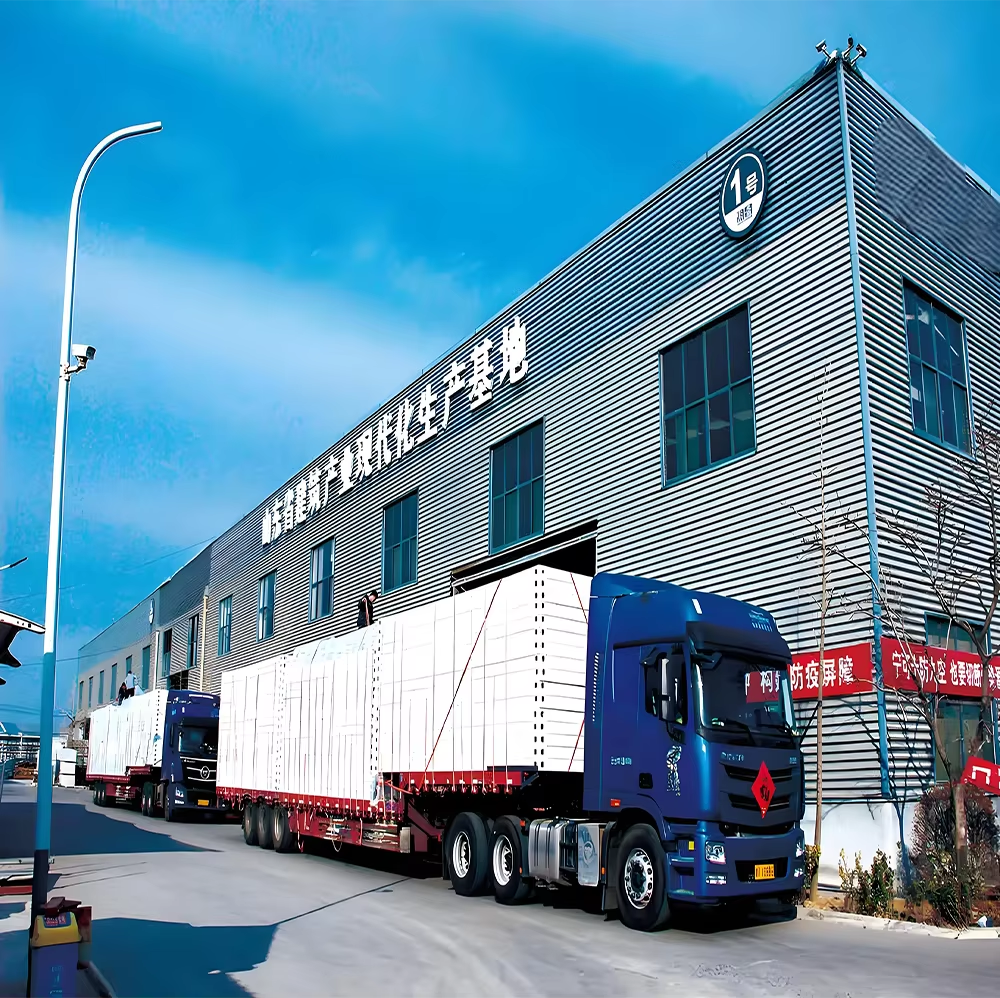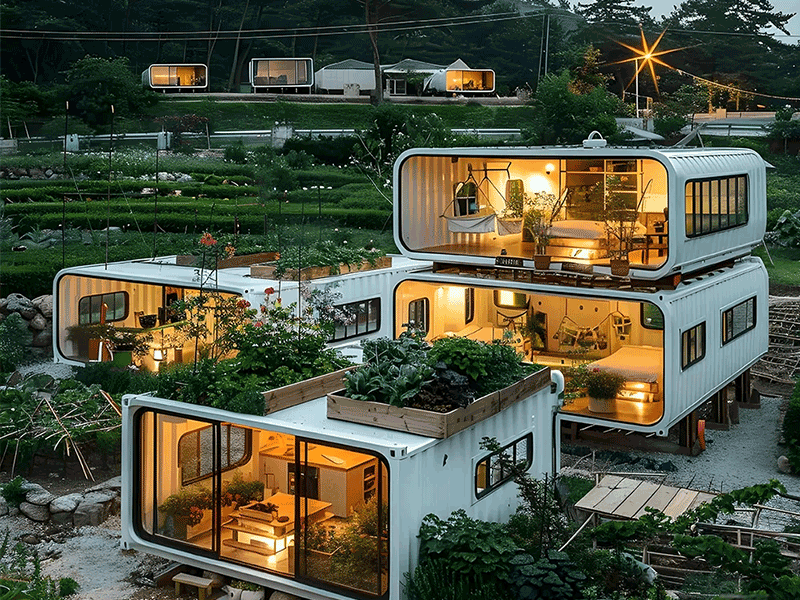The Imperative of Rapid Emergency Housing
Meeting the seventy-two-hour target depends on prefabricated homes being built ahead of time in a factory instead of at the disaster site. Modules are stacked, wired, and tested long before a storm hits, so they can be loaded onto trucks and flown to remote areas in hours. That leap over material shortages and on-site prep lets response teams step off a plane, unpack, and bolt walls together fast, often within the same day. Early assembly means families get inside quickly, which cuts their exposure to cold, rain, disease, and dangerous debris and ultimately keeps more people alive.
Standardized and Scalable Solutions
Prefab emergency homes are built with strict standards from the start. That way, every unit is the same high quality, safe, and ready for basic daily living. Because the homes come in interlocking modules, they can grow or shrink quickly as a crisis fades or worsens. During a severe earthquake or flash flood, relief teams can roll out hundreds, sometimes thousands, of these kits in just days. Each setup is no-frills but effective, giving people sleeping space, toilets, and room for personal gear.
Sustainability and Adaptability
Even as quick stopgap shelters, modular units can be surprisingly green. Builders choose steel and recycled plastic that come from certified sources, cutting climate harm at the start. Some kits go a step farther, adding solar lights and clever ventilation to slash energy needs. The units still work in every setting, from high mountains and muddy coasts to dry deserts, because engineers tweak roofs, bases, and walls for local weather. That careful planning turns a crisis shelter into a long-lasting home when communities rebuild.
The Contribution of Prefabricated Steel Structure Construction
When disaster strikes, people need safe places to live-fast. That is where prefabricated steel buildings come in. With a process built on standard designs, factory production, assembly-line setup, smart management, and IT tools, these housing units can be made and shipped in just a few days. Steel gives each module the strength to survive tough travel and quick placement, even in remote or damaged areas. Because the parts fit together easily, a trained crew can assemble them on-site within hours, meeting urgent shelter needs right when they arise.


